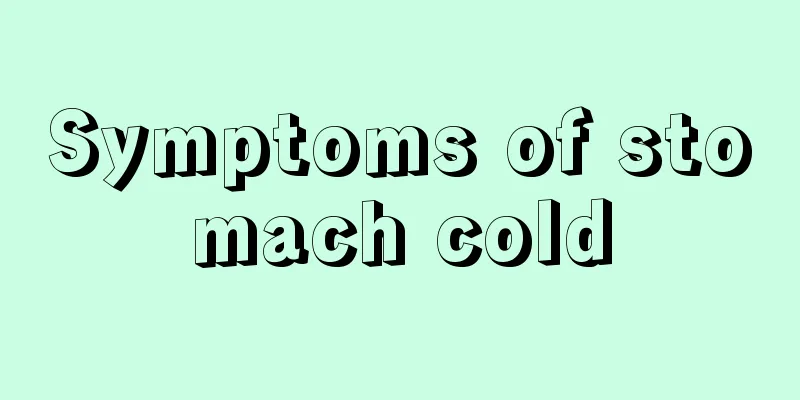How to care after brain cancer surgery? What are the diagnostic methods for brain cancer?

|
Brain cancer lesions appear in the skull, which makes treatment difficult. Because surgery can easily damage important nerves and often leave residual lesions, postoperative observation and scientific care are very important. The patient's family and medical staff must observe the patient's condition at all times, and should assist the doctor in handling any abnormalities. What are the key points in postoperative care for brain cancer? 1. Postoperative care for brain cancer surgery should follow general surgical care routines and post-anesthesia care routines. 2. Patients who have undergone general anesthesia after brain cancer surgery should lie flat before waking up from anesthesia, with their heads turned to the healthy side. If the blood pressure is stable after waking up from anesthesia, the head can be raised about 30 degrees. 3. Do not eat on the day of brain cancer surgery. You can eat liquid or semi-liquid food on the second day or follow the doctor's advice. 4. Pay more attention to the observation of the condition. After brain cancer surgery, pay attention to the observation of consciousness, pupils, and pulse once an hour for 6 consecutive times, every 2hl for 12 consecutive times. Measure blood pressure once an hour for 6 consecutive times, every 2hl for 3 consecutive times. Stop observation after the condition is stable for 3 days. If the condition requires, continue observation according to the doctor's advice. How are brain cancer diagnosed? 1. Imaging examination These include cranial X-rays, radionuclide brain angiography, ventriculography and cisternal angiography, and cerebral angiography. These examinations were once important diagnostic methods for neurological diseases, not only for locating lesions, but also for qualitative diagnosis. However, except for X-rays, these examinations are all damaging and should be carefully selected according to needs. 2. CT examination CT has a very high diagnosis rate for intracranial tumors and is one of the main diagnostic methods for brain tumors. Intracranial tumors are histologically quite different from normal brain tissues. Different tissue structures have different CT values and show different densities, thus showing lesions on CT images. 3. Magnetic resonance imaging MRI can provide clear anatomical background images, especially head images that are not disturbed by artifacts in the posterior cranial fossa, with clear contrast between gray and white matter in the brain, and can be used for coronal, sagittal and axial section faults, which is superior to CT. Intravenous injection of a paramagnetic substance, gadolinium (Gd) compound (Gd-DTpA), can significantly shorten the T-1 relaxation time of tissues, so it can be used as an enhancer to increase the contrast between lesions and normal brain tissues and improve the resolution of MRI. It is now generally believed that MRI should be the first choice for the diagnosis of neurological lesions. |
>>: The magical effect of flavonoids! Inhibiting the growth of brain cancer cells
Recommend
How to absorb joint cavity effusion quickly
Joint effusion is a very common health problem. I...
What is the best way to package rice wine
Rice wine is a very good drink in life. Moderate ...
What is the cause of finger paralysis? Cervical spondylosis is the most common
Sometimes numbness in the fingers is caused by fa...
What is Hashimoto's thyroiditis
Hashimoto's thyroiditis is actually a chronic...
What fruits are suitable for kidney stones?
Kidney stones are a stubborn disease, so the frui...
What are the items in the endometrial cancer review? Review these categories
The follow-up items for endometrial cancer vary a...
Is it possible to treat vision defects without glasses?
Nowadays, there are more and more people sufferin...
What causes right ovarian teratoma?
The formation of right ovarian teratoma may be re...
I have waist pain and can't bend over
Low back pain is a problem that many people have ...
What is the difference between gastric polyps and gastric cancer?
What is the difference between gastric polyps and...
How about isotretinoin for acne treatment
Many people may not have used isotretinoin, and o...
8 things you must pay attention to when wearing contact lenses
In this technological age, there are more and mor...
What are the dangers of wearing headphones to sleep
Many people have bad sleeping habits, and imprope...
What are the symptoms of pancreatic cancer during chemotherapy?
In addition to chemotherapy, radiotherapy is curr...
The soles of my feet are peeling and itchy
Peeling of the soles of the feet is very common i...









